Chain link fences may seem simple, but understanding how Chain link fence is made can influence your choices as a consumer. Chain link fences have become a ubiquitous sight in our communities, offering a blend of security and visibility.
Ever wondered how these sturdy structures come into existence? In this article, we’ll unravel the intricacies of chain link fence production, from the historical evolution to the modern innovations in design.
Historical Evolution
The journey of How Chain Link Fence is Made dates back to their humble origins. Over time, manufacturing techniques have evolved, incorporating advancements in technology and materials. Exploring this evolution provides insights into the durability and reliability of modern chain link fences.
How Chain Link Fence is Made?
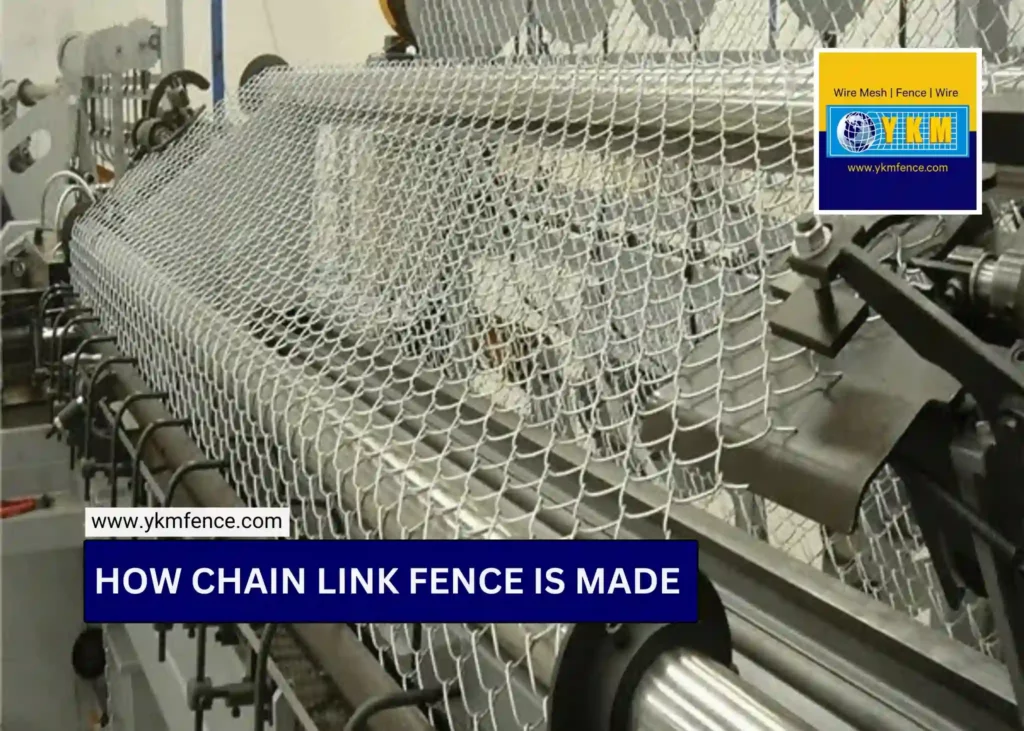
The chain link production process involves a serious of steps which are:
- Raw Material Choice
- Weaving Process
- Wire Straightening
- Wire Knuckling and Twisting
- Mesh Formation
- Rolling and Tensioning
- Quality Control Check
Chain link fence production in Detail
Raw Material Choice
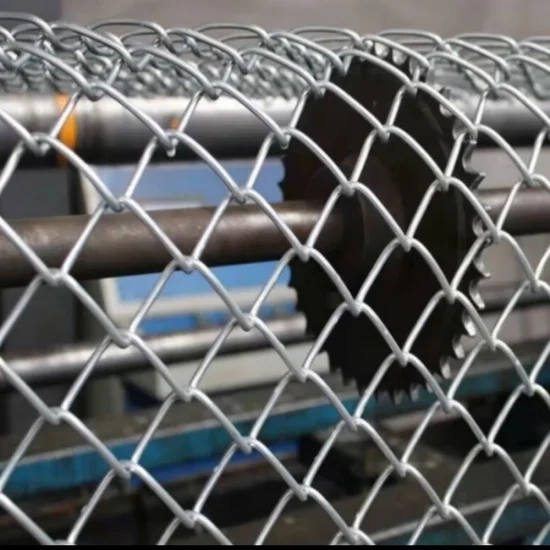
The backbone of any chain link fence lies in the quality of its raw materials. This section will delve into the types of materials used, emphasizing the importance of selecting top-notch components for a long-lasting fence.
Steel Wires
The primary material in chain link fences is steel wire. High-tensile steel wires are commonly used to manufacture ss chain link fence due to their strength and resilience. These wires undergo a thorough manufacturing process to ensure they meet stringent quality standards.
Coating Materials
To enhance the longevity of the fence, the steel wires or mild steel wires are often coated with various materials. Zinc is a popular choice for galvanization, forming a protective layer that prevents corrosion. Additionally, vinyl or polymer coatings can be applied for added protection and aesthetic appeal.
HOW IS CHAIN LINK FENCE MADE: Weaving Process
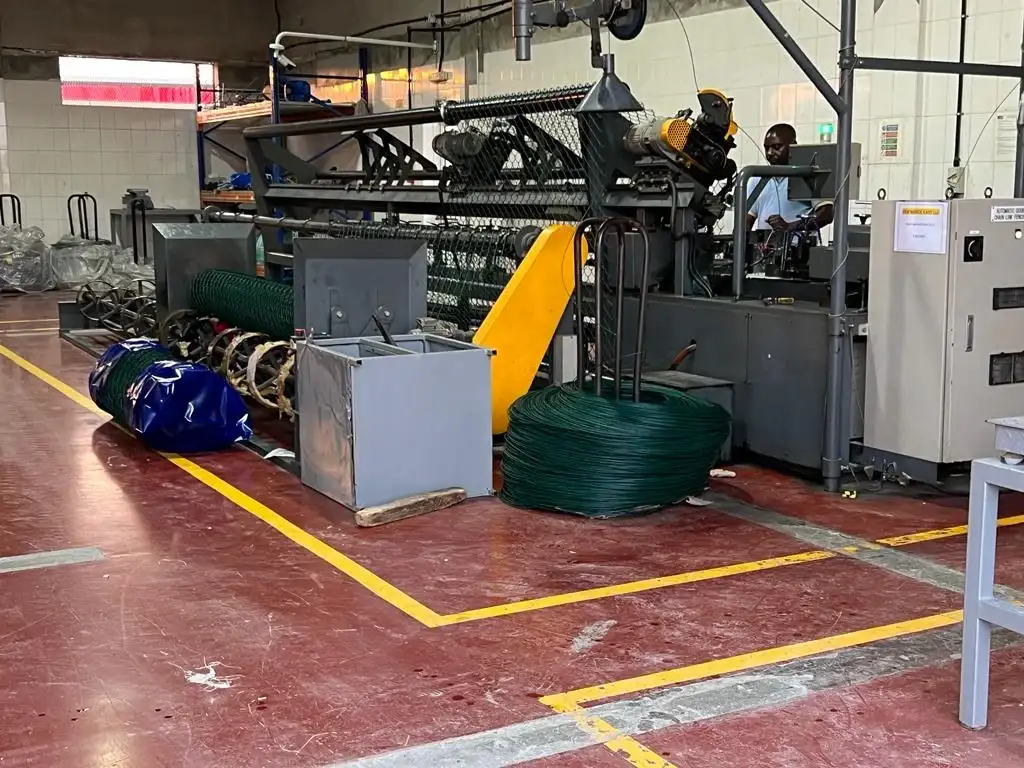
The weaving process is the heart of chain link fence production. From the initial setup to the intricate weaving patterns, we’ll guide you through each step, shedding light on the machinery and technology involved.
Wire Straightening
Before weaving begins, the steel wires undergo a meticulous straightening process. This ensures uniformity in the wires’ length and minimizes the risk of weak points in the final fence.
Wire Knuckling and Twisting
The weaving process involves interlocking the steel wires in a pattern that creates the distinctive diamond shape of chain link fences. At each intersection, the wires are knuckled and twisted together, forming a sturdy and resilient mesh structure.
Mesh Formation
As the weaving progresses, the mesh begins to take shape. The spacing between the wires is carefully controlled to achieve the desired balance of visibility and security. This stage is crucial as it determines the fence’s overall strength and effectiveness.
Rolling and Tensioning
The woven mesh is then rolled onto large spools for convenience in transportation and installation. Tensioning devices ensure that the mesh remains taut and uniform, preventing sagging or warping when the fence is installed.
Quality Control Measures
YKM Fence is one of the best fencing manufacturers in UAE with expertise in manufacturing fencing while employing stringent quality control measures to ensure the consistency and reliability products. We’ll uncover the inspection processes that guarantee a high-quality chain link fence every time.
Innovations in Chain Link Fence Design
The world of chain link fences isn’t stagnant. Discover the latest trends and innovative chainlink fencing designs that allow consumers to customize their fences according to their preferences.
How chain link fence is made?: Cost Considerations
How chain link fence is made is often linked with the Quality and price of chainlink fenes. Uncover the various factors that influence the cost of chain link fences and learn how to strike a balance between quality and budget.
Advantages and Disadvantages
Like any product, chain link fences have their pros and cons which include in terms of security, durability, affordability, and versatility.
Conclusion
In conclusion, understanding how chain link fence is made empowers consumers to make informed choices. From historical insights to modern innovations, each aspect contributes to the reliability and functionality of these versatile structures.
FAQ (Frequently Asked Questions)
How do they manufacture chain link fence?
Chain link fences are manufactured by weaving high-tensile steel wires together, forming a mesh pattern. The process involves straightening, knuckling, twisting, rolling, and quality checks using automated machinery for efficiency and precision.
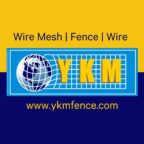
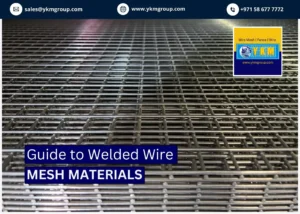
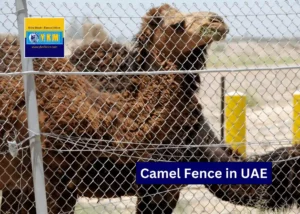
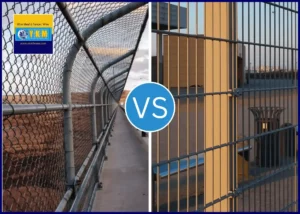
1 thought on “How Chain Link Fence is Made”
Pingback: Understanding Chain link fence price in UAE Market | YKM
Comments are closed.